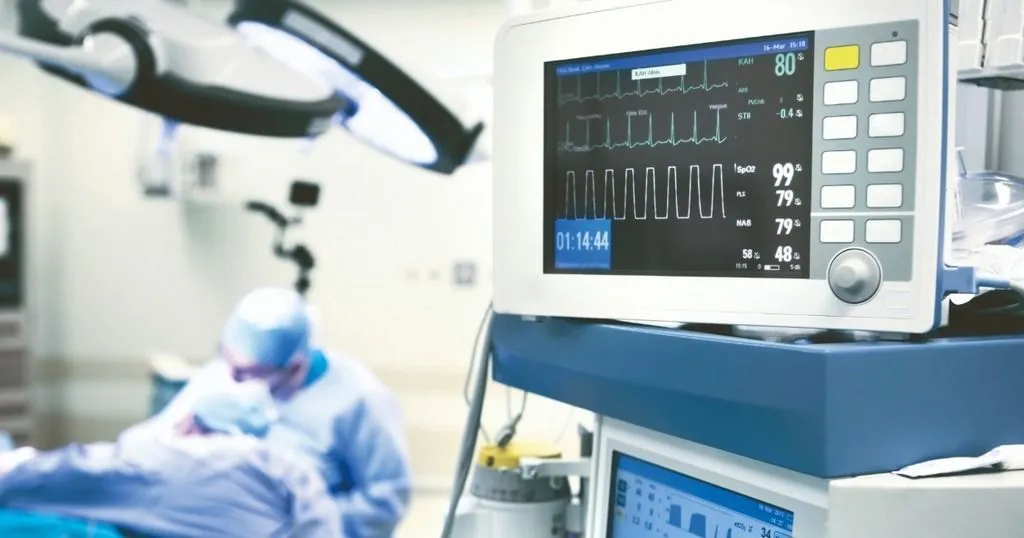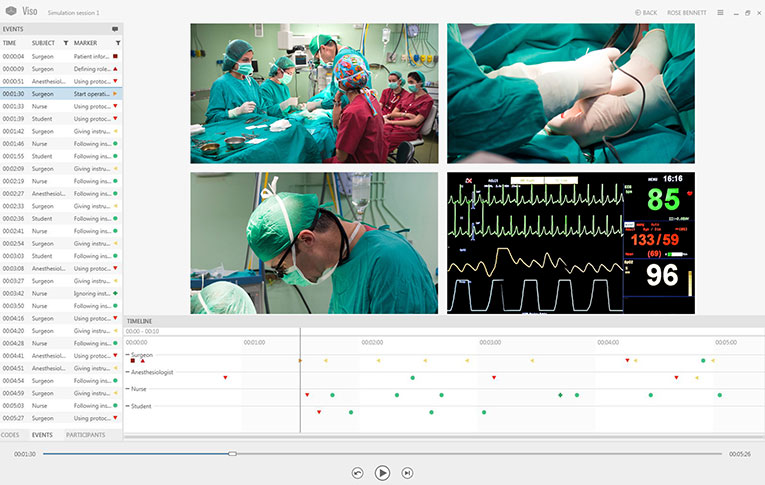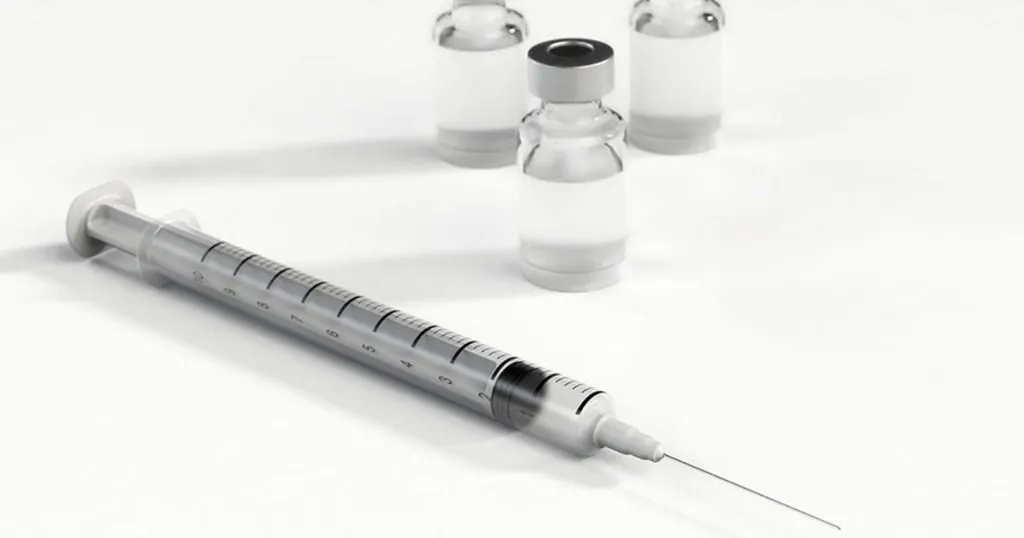Video recording medical trainees who are interrupted during a complex task
Interruptions in your work have a negative effect on completing your tasks correctly. Jones and her team examined the impact of clinical interruptions on simulated trainee performances during central venous catheterization.
Posted by
Published on
Tue 12 Sep. 2017
Topics
| Medical Simulation | Simulation-based Training | The Observer XT | Video Recording | Viso | Video Feedback | Medical Encounter |

How often do you get disturbed during your workday? Maybe you receive an unexpected phone call, a text message on your mobile phone, or a colleague sticks his head around the corner? In other words: these disruptions are made by others who instantly want to claim your time.
Interruptions in your work have a negative effect on completing your tasks correctly. The number of mistakes increases, even if the interruption is very short. Due to an interruption, you may forget to resume your original task, take longer to complete the task, or complete the task with higher error rates.
At the end of the day, you did not get to what you actually intended. Interruptions kill productivity.
Interrupting the workflow
In a healthcare setting, interruptions are also common, and the effects may be adverse for the patient. Several studies observed how often physicians and nurses in an emergency room or operation room got disturbed, and found that this could go up to 14 times in an hour, or 50 times per case.
Overall, this happens quite a lot. But the interruptions are not always unnecessary. A message or a telephone call can contain important information about the patient, such as blood results.
Realistic clinical scenarios in the simulation lab
In the experimental study conducted by Jessica Jones and her colleagues from the Department of Psychology at the University of Calgary, Canada, the researchers examined the impact of clinical interruptions on simulated trainee performances during central venous catheterization (CVC). This is a commonly performed procedure.
The insertion of CVCs is a challenge for many trainees, as the procedure involves multiple steps and requires aseptic measures to reduce the risk of infection.
The simulation lab enabled the researchers to develop realistic clinical scenarios to study the performance of CVC insertion in a controlled environment.
Concentration is of the utmost importance
Logically, during a complex task like this one, especially for trainees, the risk of making mistakes gets higher when concentration has been broken by interruptions. That is why the researchers expected to find that in comparison to a task that is low in complexity, interruptions during a task that is complex would result in a lower procedural performance score, longer time spent on the procedural task, and a higher number of attempts to establish venous access.
Control versus experimental
Internal medical residents of the University of Calgary were assigned to two groups in this study. In the control group, participants were interrupted during skin cleaning for the insertion site (a task that is low in complexity). Participants of the experimental group were interrupted while establishing venous access under direct ultrasound guidance. As soon as the needle entered the simulated skin, a 5 second interruption was introduced by a telephone call.
Multiple-angle capture to help answer the research questions
Twenty-six participants finished the study protocol. The sessions were video recorded using four camera angles, which allowed for capturing views of the room (overview), procedural site, procedural tray, and ultrasound screen. Afterwards, all participants underwent a 30-minute debriefing on their strategies for dealing with interruptions.
These views were captured by Viso, which is the ideal recording solution for this kind of study in healthcare education. Viso enables capturing participants’ behavior with remotely controlled PTZ cameras, annotating to make descriptions of behavior, and gaining insights into performances while viewing the sessions live. Markers, comments, videos, and audio recorded in Viso are quickly and easily imported into The Observer XT for analysis.

Performance review
All performances were time coded with The Observer XT. Although results showed that performance scores did not differ between the control and the experimental group, interruptions during the experimental condition resulted in a number of serious procedural errors. Some errors included leaving the needle open to air and failing to aspirate during needle insertion.
The reduction in performance, time taken, and number of attempts made was significantly worse when the interruption occurred during a more complex part of the procedure.
The researchers concluded that limiting interruptions for trainee performances of CVC may be warranted, as well as developing effective strategies to assist trainees in tempering the negative effects of interruptions.
FREE DEMO VISO: Capture skills training sessions
Request a free demonstration to find out why AV recording tool Viso is the right tool for your educational institution!
- Easy-to-use solution
- Train and educate, enhance teamwork
- Immediate playback of recordings
Reference
Jones, J.; Wilkins, M.; Caird, J.; Kaba, A.; Cheng, A. & Ma. I.W.Y. (2017). An experimental study on the impact of clinical interruptions on simulated trainee performances of central venous catheterization. Advances in Simulation, 2 (5), DOI 10.1186/s41077-017-0038-1
Related Posts

Observations of surgeons as a tool to assess competency

Investigating the relationships between the immune system and the brain
